| Author: | | Forum Member Registered: March, 2007 Location: California Posts: 67
8 users found this helpful
| | Review Date: January 13, 2017 | Recommended | Price: $60.00
| Rating: 9 |
| Pros: | Size Build, Reasonably Sharp, Excellent Color, Slight Vignette wide open. | | Cons: | Now Screw Mount | | Sharpness: 8
Aberrations: 9
Bokeh: 9
Handling: 8
Value: 10
Camera Used: Spotmatic
| |
This is the most confusing jumble of nonsensical reviews I've ever read. You can't tell which of the four or five lenses people are talking about, they use them on digital cameras and make crazy suppositions, they never say if they scan using auto or take it to the camera store for development, or stick it in Picasa for RAW or Jpeg adjustments. I read most of the post and received nothing for my time.
So I use my Super-Takumar 28mm F3.5 49mm (filter) on my Spotmatic and have for 46 years. The only problem I've ever had with this lens is a sticking aperture on closing. I had it fixed and am still using it. You can read my ratings above.
I love the slight vignette.
| | | | | | | Site Supporter Registered: October, 2008 Location: Vancouver, Canada Posts: 8,088
3 users found this helpful
| | Review Date: March 11, 2013 | Recommended | Price: $125.00
| Rating: 8 |
| Pros: | Sharp, small size and great build. | | Cons: | No SMC coatings and a bit slow. Minimum aperture of f16. | | Camera Used: Spotmatic and Pentax 67ii
| |
This review is for the 1966: Super-Takumar 1:3.5/28 - second model with a 49mm filter thread.
Iím basing my review of this lens against my 50+ Pentax K-mount lenses, specifically the K28/2.5
The ST28/3.5 and the K28/3.5 are very close optically (the K version has one extra lens element) and are equally sharp. However the K28/2.5 has the better SMC coatings so it will handle flare better.
The K28/2.5 also has a better minimum aperture of f22.
Overall the K28/3.5 is a slightly better lens, mostly due to the SMC coatings. I gave the K28/3.5 a score of 9 and the ST28/3.5 gets an 8.5, rounded down to an 8.
Note: The price I indicated is for a ST28/3.5 in EX+ condition, with the lens case, lens hood and lens hood case.
Sample shots taken with the ST28/3.5. Photos are medium resolution scans from original negatives.
Camera: SP Film: Kodak Gold ISO: 200
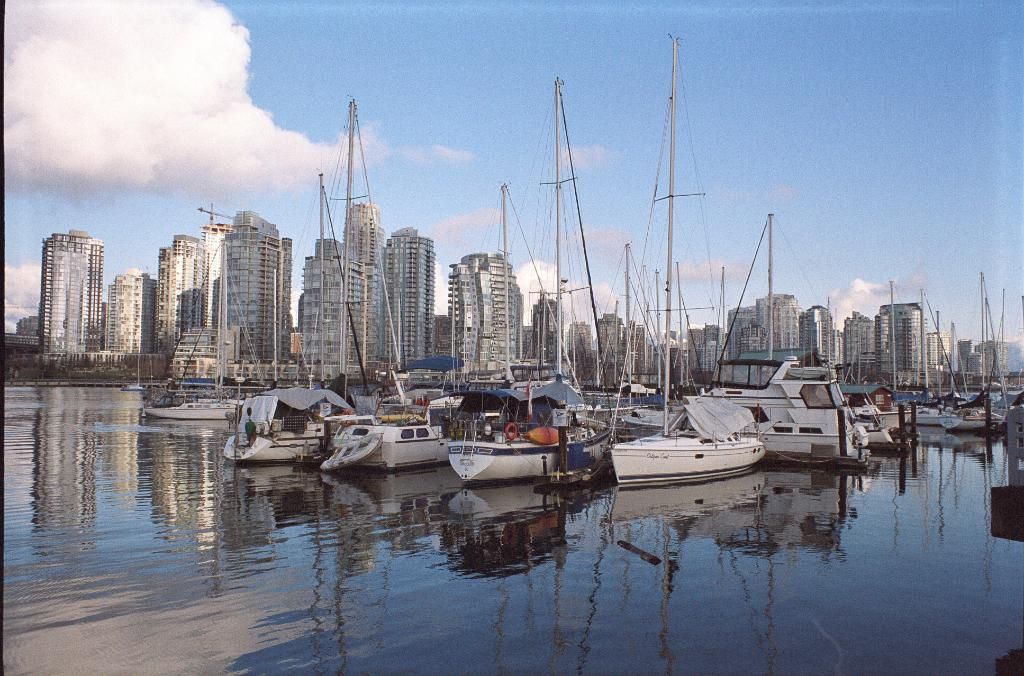
Camera: SP Film: Kodak T-Max ISO: 100
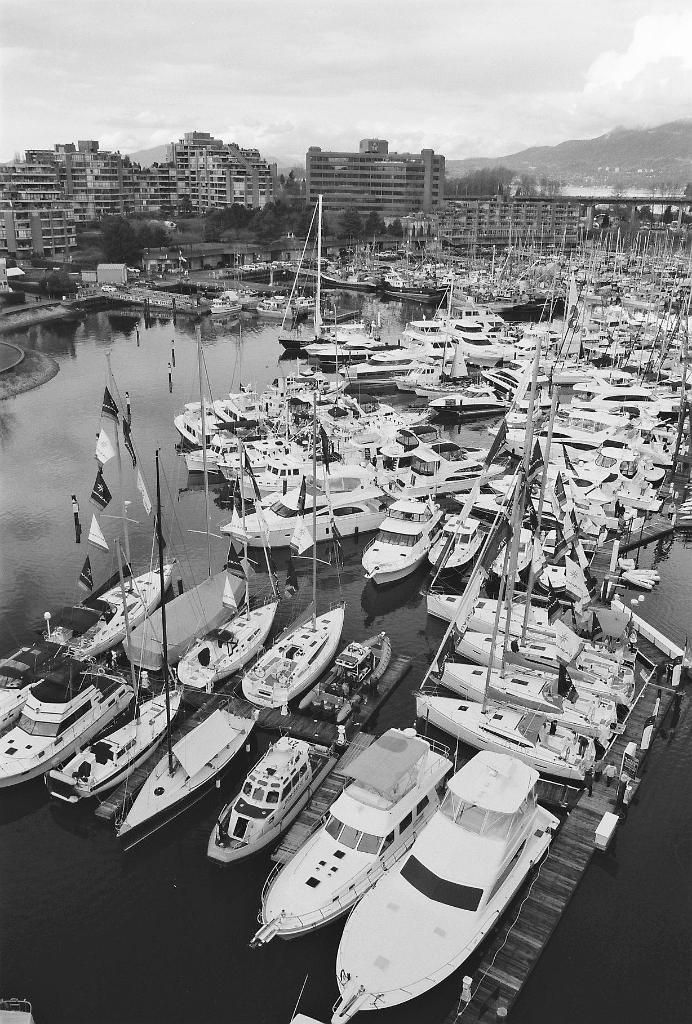
Camera: SP Film: Kodak T-Max ISO: 400
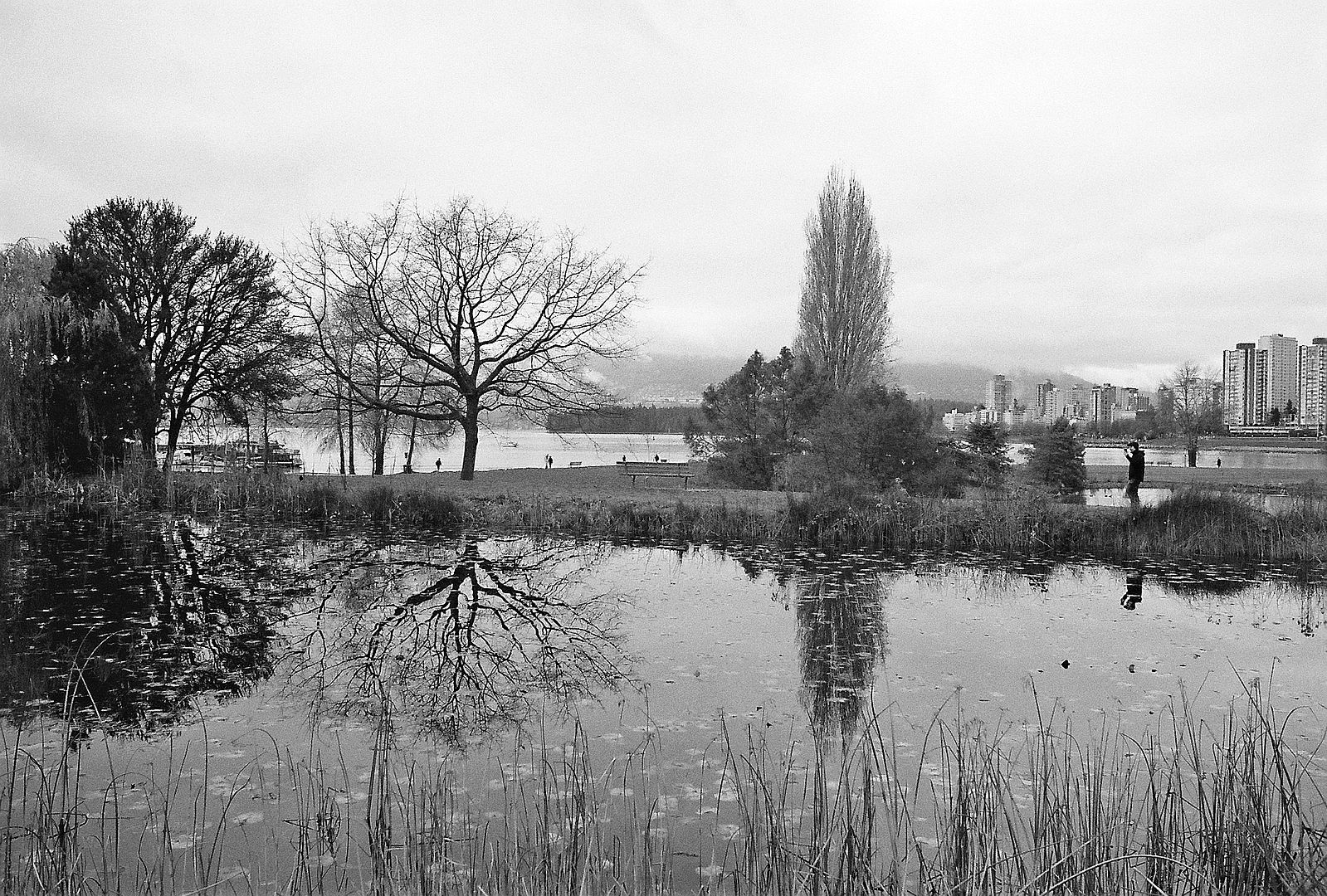
Update:
If you own a Pentax 6x7 film body and want high magnification for macro work, the Super Takumar 28/3.5 is a perfect lens. You can reverse it using the Pentax 6x7 49mm reverse adaptor & the 6x7 Helicoid extension tube and get close to 5x magnification.
Sample shot using the Super Takumar 28/3.5 & Pentax 67ii shooting Fuji Provia 400x slide film:
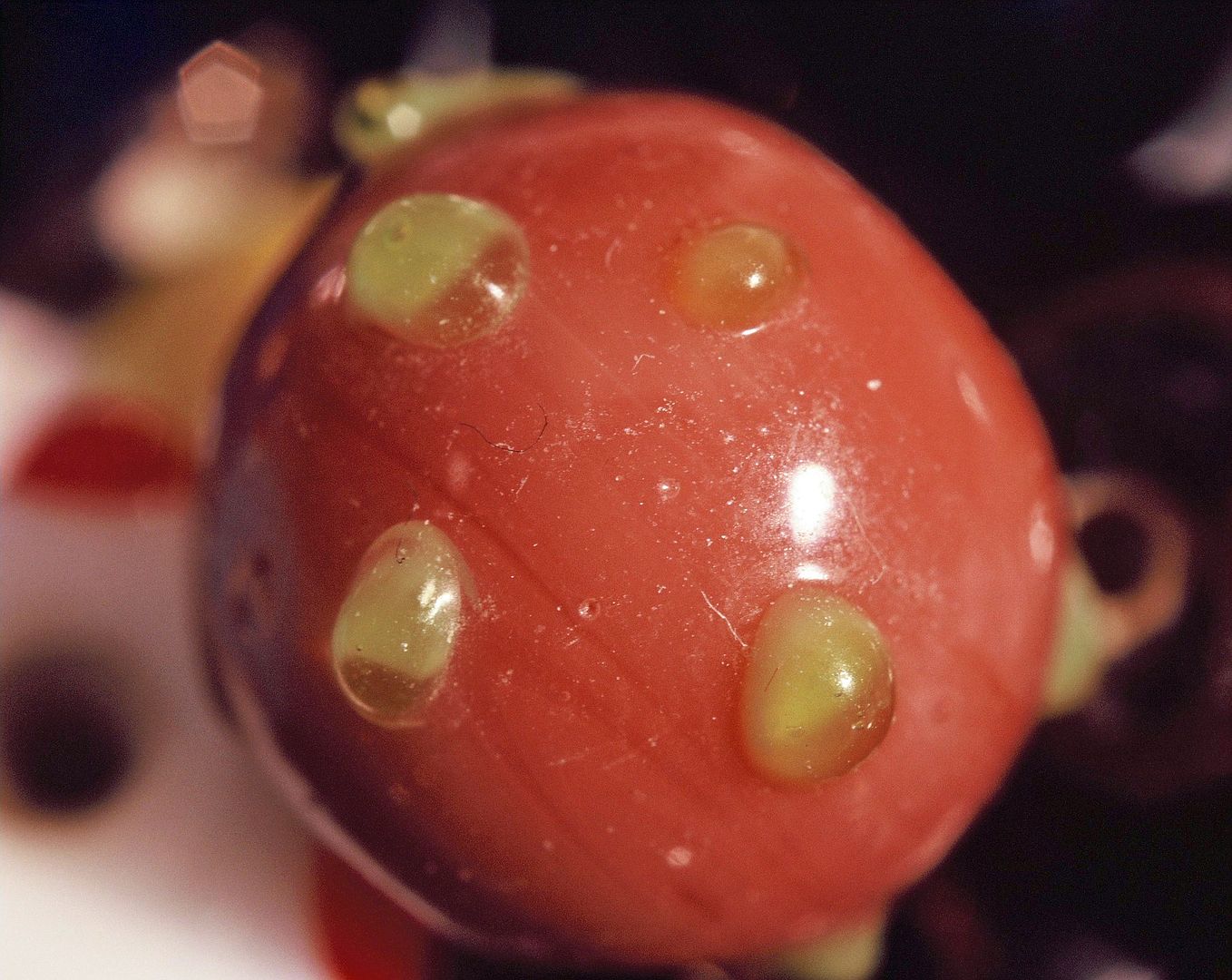 | | | | | Veteran Member Registered: December, 2010 Location: Bucharest, Romania Posts: 1,465
3 users found this helpful
| | Review Date: June 16, 2012 | Recommended | Price: $24.00
| Rating: 8 |
| Pros: | very sharp, classic design, 49mm filters | | Cons: | slow, CA, hard to focus, flare | | Sharpness: 9
Aberrations: 6
Bokeh: 7
Handling: 9
Value: 10
Camera Used: Spotmatic, K-x
| |
I bought this beat-up lens for a cheap price mainly because I think prices for wide angles will skyrocket with the announcement of the fictive new Pentax full-frame. So, if you're now looking at reviews for this lens, there's not much time left to wait. It is the Super version, so there is some contrast loss to be expected, and it does flare when the sun or any light source is in front of it.
Unfortunately, M42 lenses tend to be owned and sought after by Canon shooters too, so they also keep the prices high.
Build-wise, it's a Takumar, so it must be very easy to service. My copy was very well used, with a lot of paint loss, a drilled filter ring by an impatient repairman, a stiff focus ring and a loose distance scale, but I repaired some of the issues and now it performs well.
Of course I don't do any scientific tests on any of my lenses, but this sure seems sharp from wide open throughout. I can complain a little about the colors, I don't really know how the SMC version performs, but this Super has the golden coatings, and it's my assumption that since most yellow colors get reflected, the lens gets a cold, blue cast. It also has a magenta cast, making it weird for portraits, because of turning peoples skins red.
I have read in this article that the Takumar 28/3.5 was the lens design that benefited the most from SMC coatings, so while I have not tested the SMC version, I expect it to perform noticeably better.
For "serious" work, I still prefer the M28/2.8, which flares less, is faster and easier to handle. Maybe I should just use this one more and complain less.
Here's some of my pictures with it, I know that's what you want.
1.
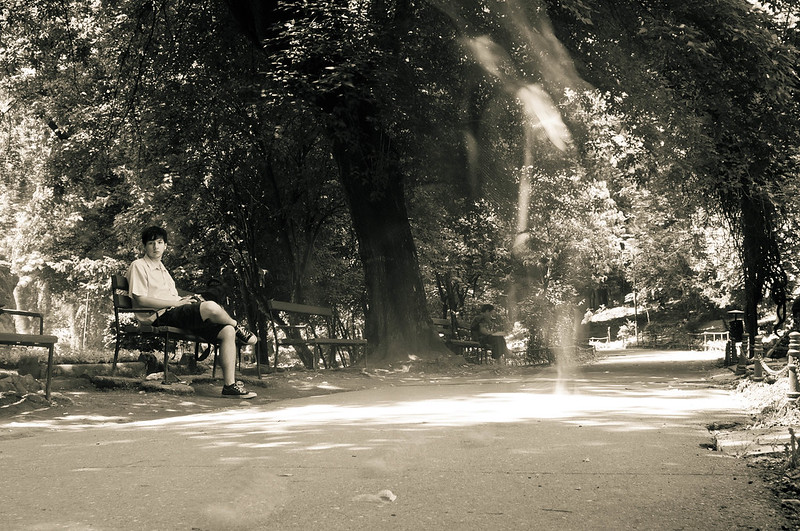
IMGP4491.jpg by kcobain1992, on Flickr
2.

IMGP4188.jpg by kcobain1992, on Flickr
3.
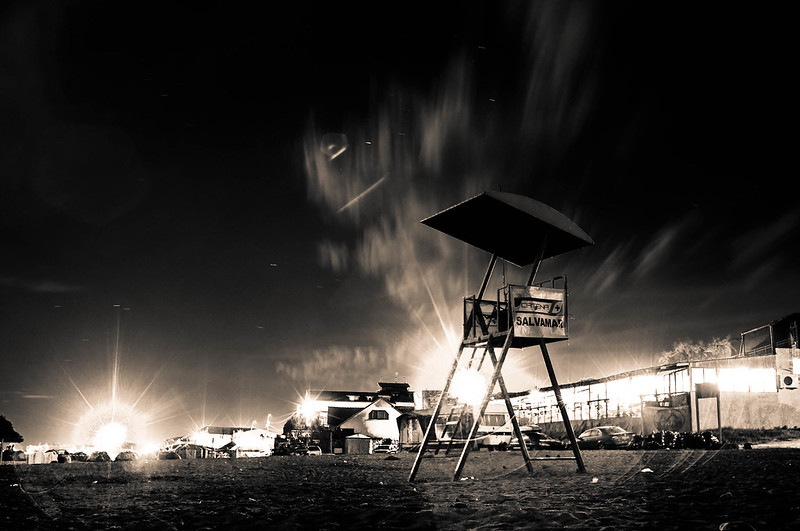
IMGP4918.jpg by kcobain1992, on Flickr
4.

IMGP7304.jpg by kcobain1992, on Flickr
EDIT:
After selling the Super and acquiring the SMC, I can attest that it is a better lens: less flare, better contrast and more controlled CA. Although the latter is not completely gone, it goes away with a button press in Lightroom, and I find that good enough.
5.
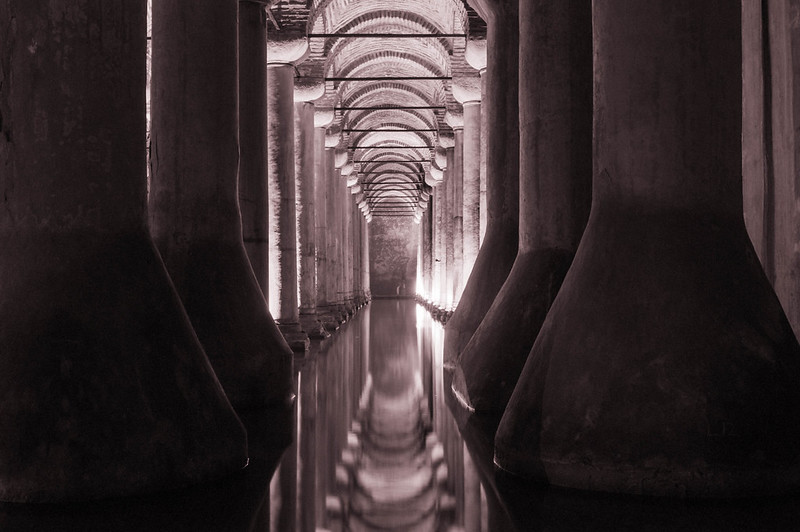
Basilica Cistern 3 by kcobain1992, on Flickr
6.

Kala Nera beach 6 by kcobain1992, on Flickr
7.

Kala Nera beach 3 by kcobain1992, on Flickr
8.
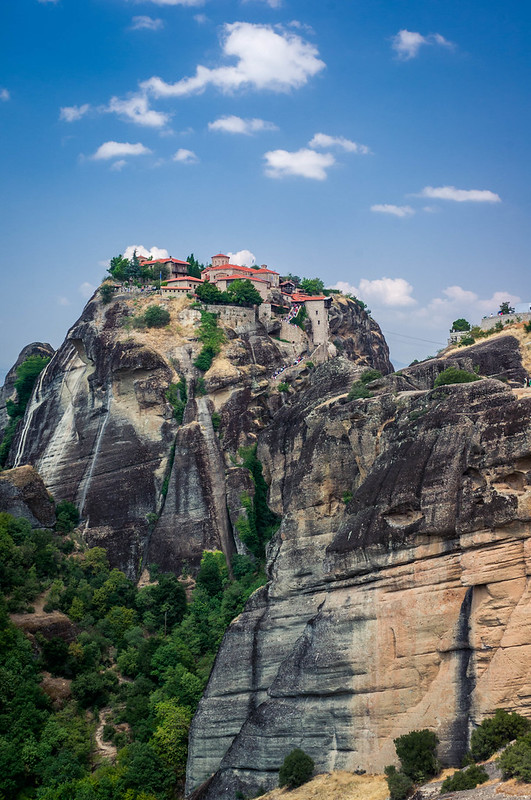
Meteora 2 by kcobain1992, on Flickr
9.

Potistika beach by kcobain1992, on Flickr
10.
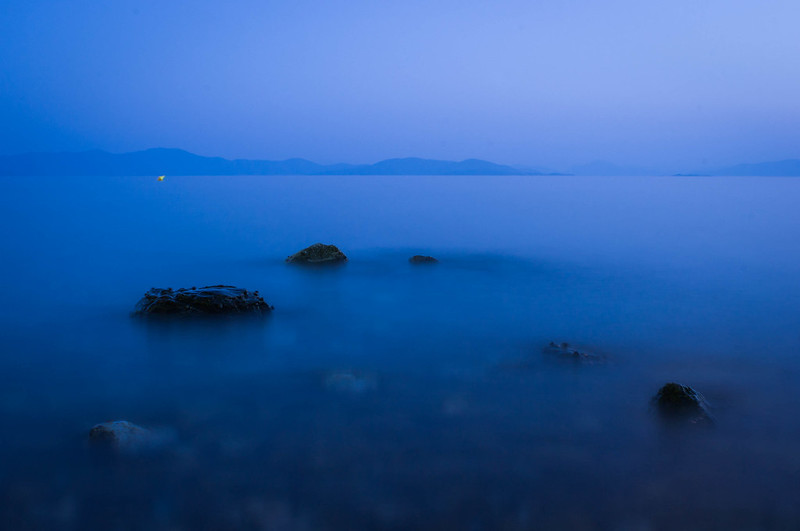
Kala Nera beach 1 by kcobain1992, on Flickr
| | | | | New Member Registered: September, 2011 Location: Rio de Janeiro Posts: 2
2 users found this helpful
| | Review Date: June 2, 2014 | Recommended | Price: $200.00
| Rating: 9 |
| Pros: | Accurate, strong-body, confortable grip handling, small and with the very good performance | | Cons: | slow at low light | | Sharpness: 9
Aberrations: 8
Bokeh: 6
Handling: 10
Value: 9
Camera Used: K10, K20, K7, EOS
| |
I Believe miss me a few mechanical Pentax 28mm lenses that I still do not have the opportunity to use. All I could already test or shoot with them, I liked most was this Super-Multi-Coated 28mm f/3.5. Lens with excellent tonal balance, color fast and don't lump together the hues, and wonderful sharpness already at the maximum aperture. It was clearer, will be perfect wide . Because of this, however, isn't very suitable for use on cameras with small / poor viewfinder, or in lowlight where focus precision in first plan is crucial. I have the four versions of this lens mentioned in this article. The first is weak, but, is better in black and white photos, it has dynamic line is very open; the second has amazing colors, like all Super-Takumar Torium and still favoring of the largest filter diameter (58mm) which causes receive more light ; the other two, with filter 49mm, almost equivalent, with better colors in Super-Takumar and better sharpness in Super-Multi-Coated Takumar.  | | | | | | | Loyal Site Supportaxian Registered: September, 2013 Location: Texas Posts: 503
2 users found this helpful
| | Review Date: November 27, 2013 | Recommended | Price: $40.00
| Rating: 6 |
| Pros: | superb mechanicals, close focus, small size | | Cons: | color shift with aperture change, veil/flare | | Sharpness: 6
Aberrations: 8
Bokeh: 3
Handling: 10
Value: 6
Camera Used: Multiple Crop Sensor Canon EF
| |
This is for the Late first model (58mm threads, and f16 smallest aperture) - still fairly early, though, as it it came in an AOCO case:
Optical: Lens hood is necessity with this earlier model, there is major contrast loss when the sun shines anywhere on the outer element. If you use a crop sensor camera, use a hood made for a longer focal length. Sharpness is only fair. My example is in excellent mechanical and cosmetic shape, so I have no reason the think the lack of sharpness is due to age or rough treatment. It's just not that sharp. This lens has a major fault that interferes with my workflow -- that is, it exhibits color shift according to the aperture selected. Colors are significantly warmer at f3.5 than they are at f11. Note that this does not exhibit in the same way as you might see with some fast Super Takumars where you'll get diffuse warm "glow" all the sudden when wide open. The color shift is progressive instead, and seems independent of sharpness. Anyhow, if you're using gray cards/expodisc/custom white balance, be aware that you'll need to calibrate at the same f stop that you intend to shoot at. The color shift isn't real bad, but it will probably drive anyone with OCD crazy.
Mechanical: An absolute dream to use. Mechanically, this lens is a solid 10. Better than most of the 30+ other Takumars I've used. In fact, one of the best I have ever used, any brand, any model.
My favorite use of this lens is intentionally making major flare to recreate the "washed out" dreamy classic look.
| | | | | Veteran Member Registered: February, 2009 Location: Arlington, VA Posts: 3,757
2 users found this helpful
| | Review Date: September 23, 2012 | Recommended | Price: $80.00
| Rating: 9 |
| Pros: | very sharp (in the center), great colors, great micro-contrast | | Cons: | a bit heavy, not the easiest to focus, slightly soft borders | | Sharpness: 8
Aberrations: 9
Bokeh: 8
Handling: 7
Value: 10
Camera Used: Pentax K-x
| |
I got a copy of the S-M-C version in 'like new' condition. (A few years back I had a non-SMC copy, also excellent, but larger and heavier.)
I'm giving it a 9, and not strictly relative to the price, in spite of the slight border softness (a tad of which is still there even at f5.6, gone at f8). Yet the border softness is never bothersome, never very pronounced.
The lens yields superb images, better in my view than the ones produced by the A 28mm f2.8 (which I also had). Very natural and vivid colors, deep blue skies, and superior microcontrast. If I were to use a consumer zoom to take an image of a scene with lots of detail, the image would most likely look muddy. This lens manages to keep the finest grained nuances in their right places. The effect is salient: crisp 3-dimensionality. No CA that I'm aware of.
Build is awesome, better than the ltds, IMO. All metal, sturdy, impressive industrial design. Can't afford a ltd.? Learn to use manual lenses, buy a Tak or a K or M lens! But hurry up, cause Cannonites have gotten a taste of the Taks!
I'm sure these beautiful little guys (the Taks, I mean) will hold their own against modern lenses 20 years from now. I have the Takumar 35mm f3.5 too--another under-appreciated jewel.
UPDATE: Borders are sharp at close-range. In landscapes they remain somewhat soft even at f8. Still, a beautiful lens. My wide lens of choice--but I'm looking for a 24mm.
A few pics taken with this lens:


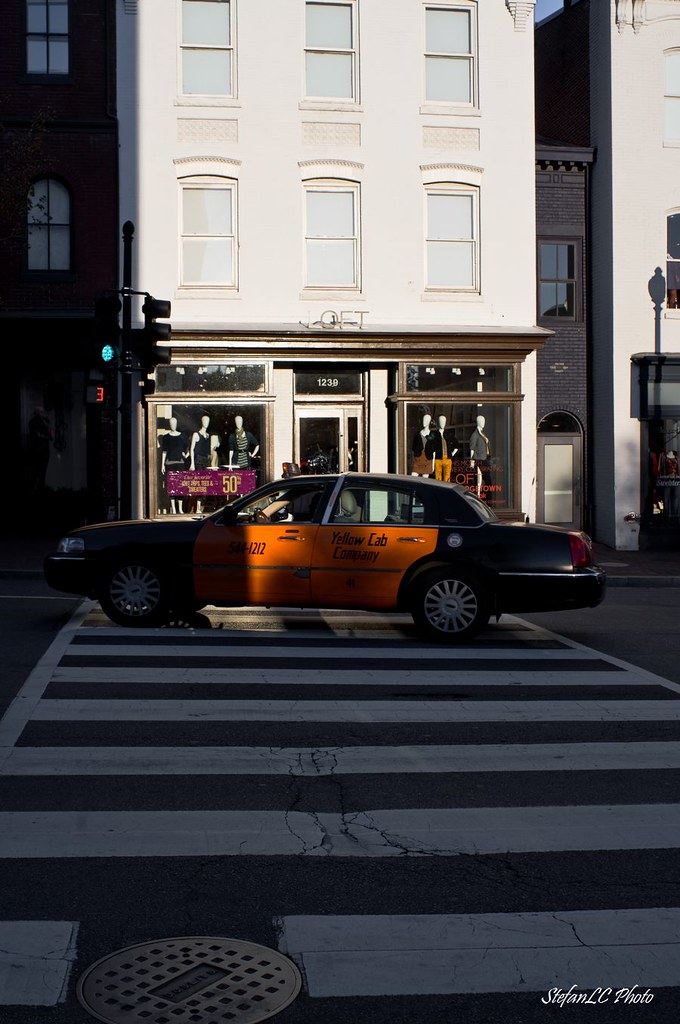


 | | | | | Veteran Member Registered: September, 2010 Location: Colorado Posts: 1,429
2 users found this helpful
| | Review Date: September 8, 2012 | Recommended | Price: $65.00
| Rating: 9 |
| Pros: | Good Contrast, Build, Sharp, Colors | | Cons: | None really | | Sharpness: 8
Aberrations: 8
Bokeh: 7
Handling: 10
Value: 9
| |
I picked up this lens a few months ago. It is now one of my main landscape lenses. Sharpness is great from F5.6 on. The build quality is typical Takumar excellence. Good contrast and color. A very good all around lens.
Here are a few samples.
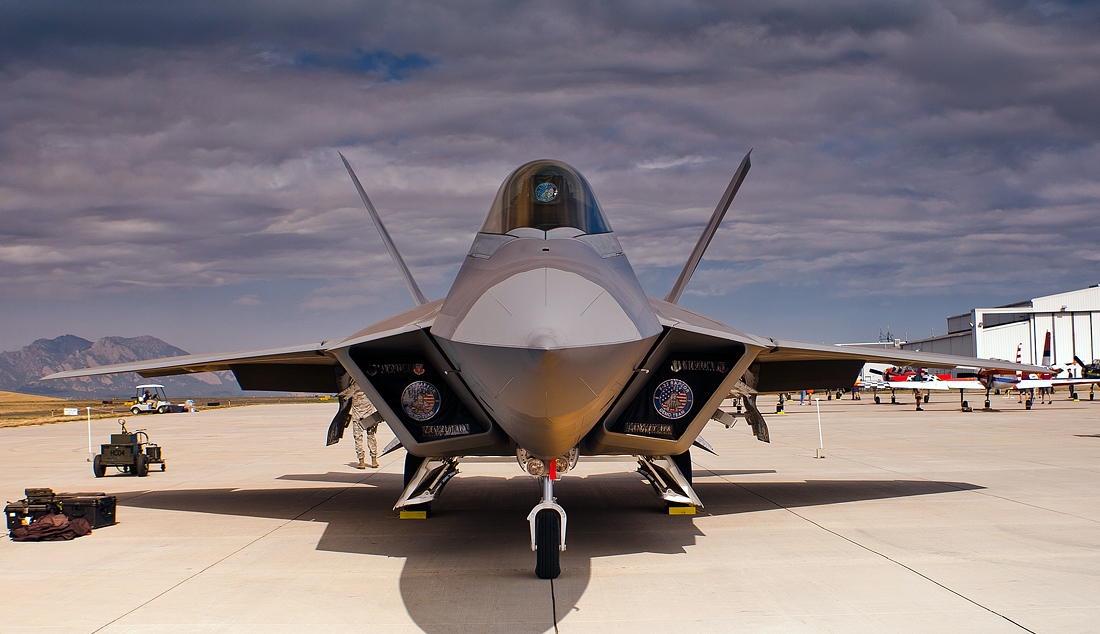
F-22-1 by Colorado CJ, on Flickr
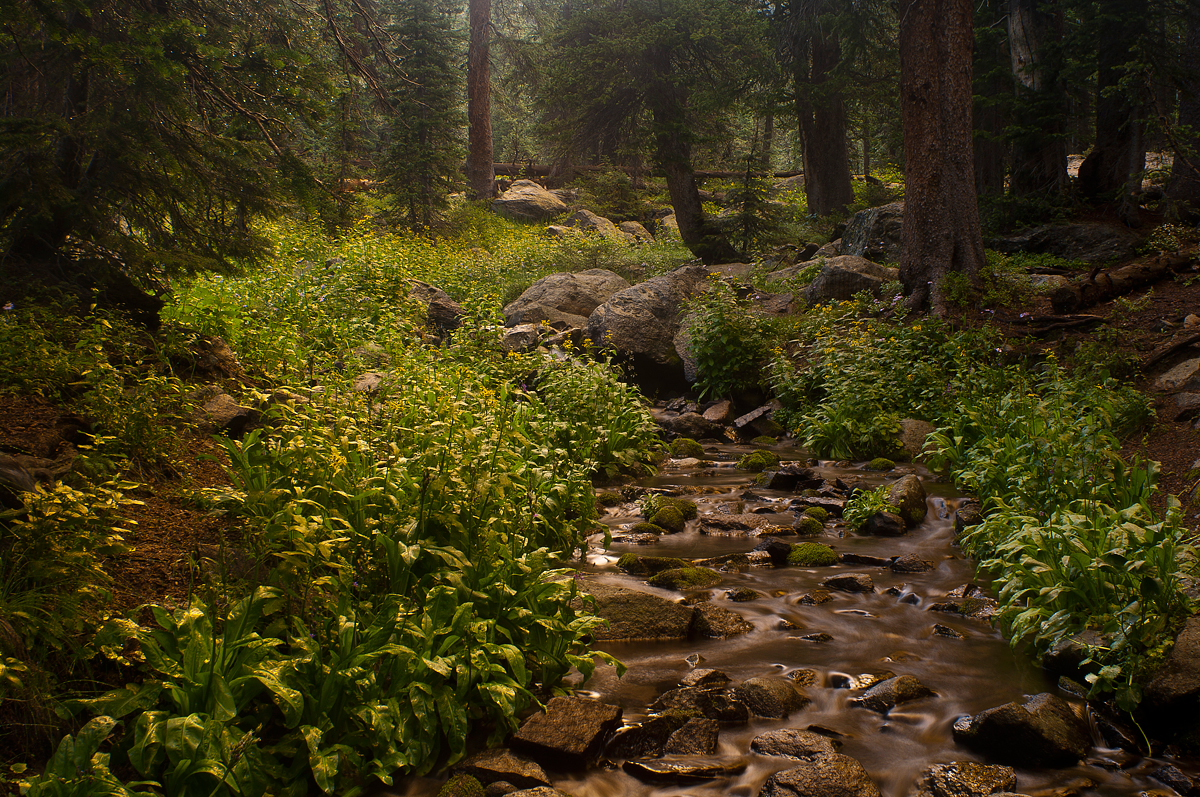
Indian-Peaks-Wilderness-6 by Colorado CJ, on Flickr

Indian-Peaks-Wilderness-1 by Colorado CJ, on Flickr

Badlands-28-June-2012-6 by Colorado CJ, on Flickr
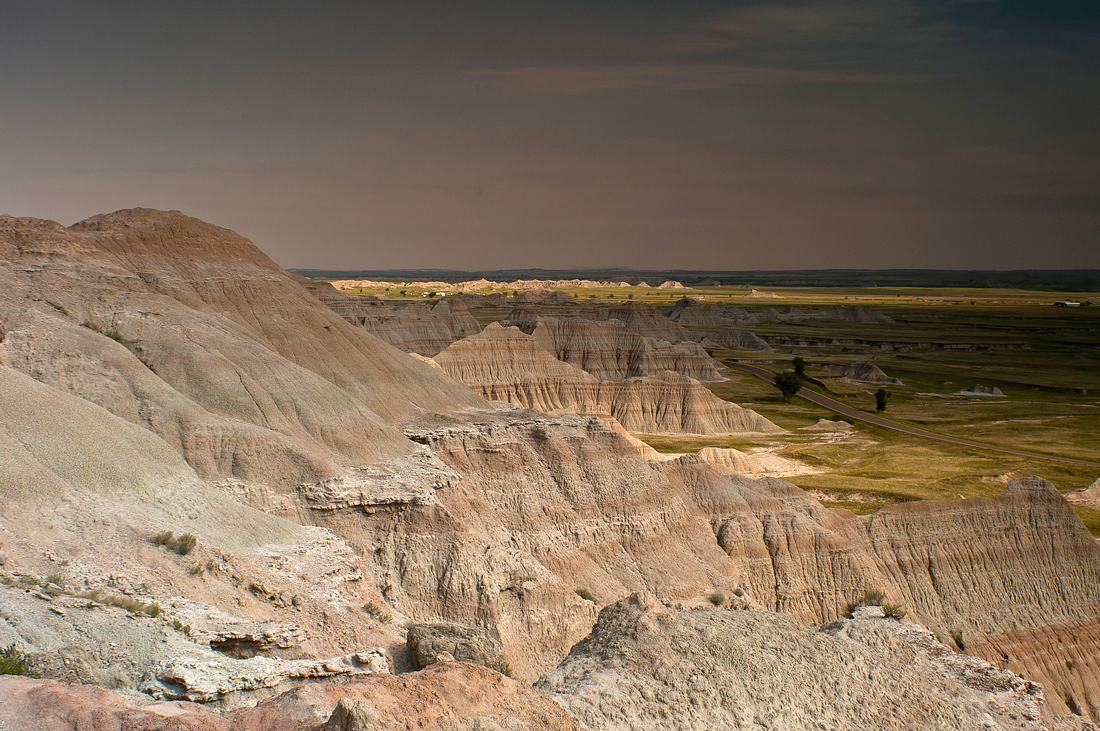
Badlands-28-June-2012-4 by Colorado CJ, on Flickr
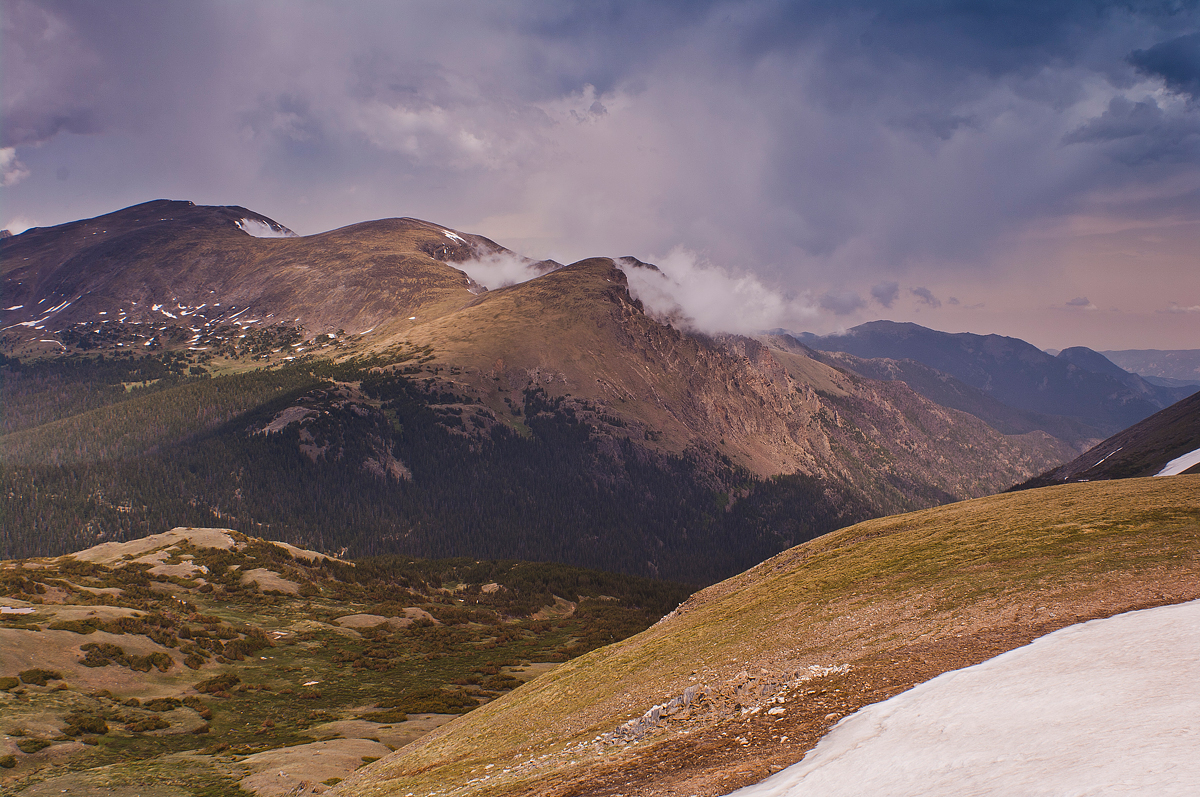
16-June-2012-8 by Colorado CJ, on Flickr
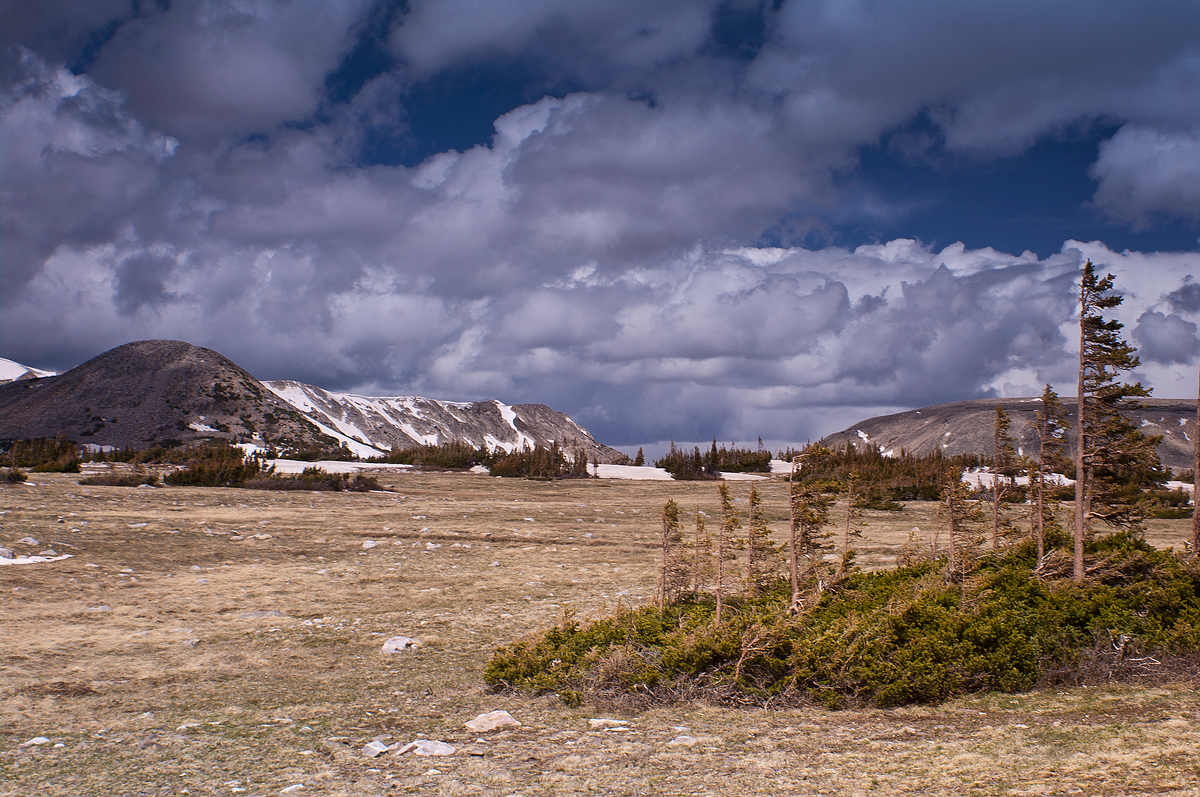
Snowy-Range-27-May-2012-4 by Colorado CJ, on Flickr
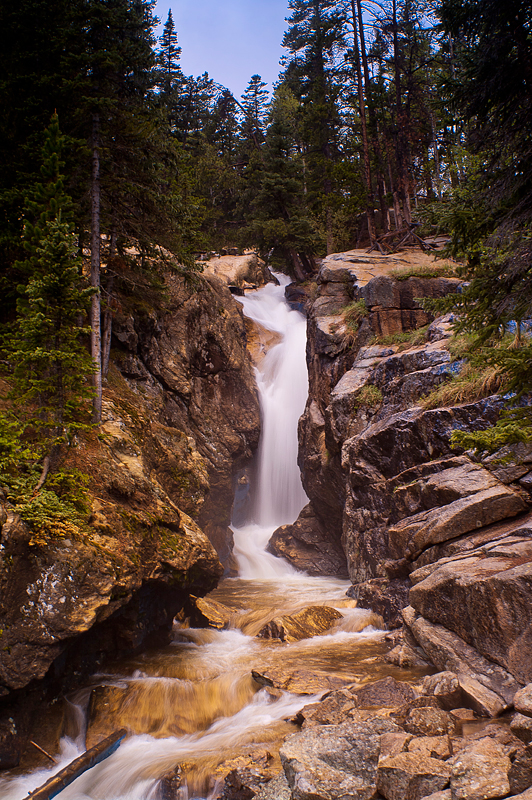
19-May-2012-3 by Colorado CJ, on Flickr
| | | | | Giveaway winner! Registered: December, 2007 Location: beantown Posts: 944
2 users found this helpful
| | Review Date: July 20, 2012 | Recommended | Price: $15.00
| Rating: 9 |
| Pros: | Both vers. Very Sharp | | Cons: | cant decide which to keep. | | Sharpness: 9
Aberrations: 8
Bokeh: 7
Handling: 9
Value: 9
Camera Used: SV & SPII. tested on K20D also.
| |
I have both the 58mm and 49mm Super-Tak
I've not been able to separate the differences of the two... not actually been looking hard.
Off and on I've used either and find so far that both do a great job. The sharpness and color on both Ektar and some old Kodak Gold 100 look great. The bigger version had one oddness in a sunset and I figure it was more the angle. A slight noticeable ghost did show... forget image, but will add to this review when I dig it up.
The smaller version was very well behaved. In some of the dSLR tests I for testing the condition of the lens when I first got it, I was very surprised the color was very good and compared to a M28/2.8 set to f4 was hard to pick out which lens was which. My simple poor lighting and reading a product label test from 20 feet away and both lenses were about equal with only the color of the M28 being more nicer. So with the slightly differing glass it does well against the more modern version.
I would sum it up as both being very good lenses and that either does well on film. For the digital users, I'm sure the SMC version may be better.
| | | | | New Member Registered: February, 2019 Posts: 15
1 user found this helpful
| | Review Date: July 9, 2023 | Not Recommended
| Rating: 7 |
| Pros: | Feels solid and looks superficially fine | | Cons: | Very soft imaging and difficult to service | | Sharpness: 5
Aberrations: 8
Bokeh: 5
Handling: 10
Value: 4
Camera Used: Full Frame digital
| |
I had the 28mm (49mm filter ring) lens for a while. That was fairly good at about 8/10 sharpness at f5.6 to f11 and it could just about get good (not very good) infinity shots with minor blur around the edges.Pretty neat imaging up to about 30 yards, though. However, I recently got a 58mm filter ring version. It's poor to say the least. Looks great, feels great, takes poor images. Very disappointing. Nothing like the 49mm filter ring version.
F3.5 is incredibly soft. Just awful. F5.6 is better but still soft and then things get worse at F8 and worse still at F11. Infinity is poor at every f-stop, but best at f5.6. Close up work and mid-distance revealed a lens that absolutely cannot generate sharp images. The only redeeming feature is that there is very little edge deformation/bending; rare for a 28mm lens this old. If I had to rate it at "best" for overall performance it would be 5/10.
I dismantled it to check it out. It comes with a sealed internal lens section (like a Helios 58mm F2) but this Takumar is crazy difficult to get into. After careful separation I cleaned the glass up and re-assembled, carefully checking if a previous owner had put glass in the wrong way around. All the effort came to no improvement. Infinity was slightly altered to give a 2mm play before hard stop and this slightly improved ability to focus by eye but the lens remained soft at all apertures.
Things got slightly better when I placed a 0.25mm shim between the front glass and the second element.
A couple of weeks later I took apart a cheap Prinzflex 28mm lens (the one with the 62mm filter ring at the front) and found out that this Takumar and that Prinzflex (which is in turn very similar to a 28mm Hanimex) are 90% identical in every regard except the filter ring; this being a simple screw-on part. The other slight differences were cosmetic external aspect. They also took almost exactly the same images. No wonder Takumar changed the design of later lenses.
One of the worst 28mm lenses I have ever come across. I'd go as far as saying one of the worst wide angle lenses I've ever tried.
| | | | | New Member Registered: February, 2016 Location: Pisz, Poland Posts: 1
1 user found this helpful
| | Review Date: July 16, 2017 | Recommended | Price: $25.00
| Rating: 10 |
| Pros: | sharpness, colors | | Cons: | | | Sharpness: 10
Aberrations: 9
Bokeh: 8
Handling: 10
Value: 10
Camera Used: Samsung NX300
| |
Fantastic lens, cheap, sharp with excellent colors 
Samsung NX300
 | | | | | New Member Registered: December, 2016 Posts: 13
1 user found this helpful
| | Review Date: February 2, 2017 | Recommended | Price: $70.00
| Rating: 9 |
| Pros: | Good resolution, colors, contrast, value, build | | Cons: | "Only" F3.5 | | Sharpness: 8
Aberrations: 9
Bokeh: 8
Handling: 10
Value: 10
Camera Used: Fuji X-M1, Olympus EPL5
| |
Bought the latest SMC version of this lens and used it on a old film camera, a Fuji-crop and a M4/3 camera. The lens becomes a normal 42-56mm on these two cameras.
Images look sharp with detail but not artificially sharpened like many modern lenses do. Colors and contrast are very nice, only downturn is the limited bokeh with F3.5, but it still looks nice and creamy.
Some review and image/video sample here:
https://www.youtube.com/watch?v=VVC20ATaosQ (digital cameras)
https://www.youtube.com/watch?v=k8XGOut3IA8 (with Fuji Pro 400H film)
F3.5 - Fuji X-M1

F8 with macro tube extenders - E-PL5
 | | | | | Site Supporter Registered: June, 2013 Location: Port Angeles, WA Posts: 505
1 user found this helpful
| | Review Date: October 7, 2013 | Recommended | Price: $23.00
| Rating: 8 |
| Pros: | Sharp, great colors, near perfect FOV on digital (42mm equivalent) | | Cons: | Not as sharp in corners, even on digital | | Sharpness: 8
Aberrations: 8
Bokeh: 6
Handling: 9
Value: 10
Camera Used: K100d, K-X, MX, ME Super
| |
Another solid 8. I picked this up with caps, case, and the genuine M42 to PK adapter for $22. Another fantastic value. 
Usefulness is great. Very close to the perfect 43mm FOV when you use this on digital. I've found it to be great for people shots in tight spaces, and pretty good for landscapes... Though I may have to shell out some big bucks for a modern lens that has sharpness and resolution to keep up with modern sensors. F/3.5 wasn't even that big of a deal for me, but it's a pain to focus using a split-prism with any filters on the front. Indoors, I left it at 4 or 5.6, ISO 200, 1/180, and a bounced 285HV at 1/2 or 1/4 power, while shooting a family event and loved the results. (once you get good with bouncing a flash, you'll *feel* like a lighting master!). While shooting individuals, it distorted faces/noses, but for candids/group shots it's great.
Bokeh is..... so-so. Being a 28mm it was too much DOF, even at f/4 to give much Bokeh, and when it does, there's still a lot of detail. Nothing beats loading up a faster longer lens for this and taking a few steps back, but for tight spaces this was nice.
Handling is excellent-- Leave it on Manual, focus wide open (or f/4-f/5.6 if you're shooting that close to open), then twist it down and snap. My copy paired with the K100d needs +1.5 EV compensation at wider apertures, and plus +0.5 at f/11-f/16. A little bigger than the 35mm f/3.5, but it's actually a little easier to focus on a big digital body,
Have yet to see any abberations, but when shooting lots of straight lines, there's a tiny bit of barrel distortion. Flare is an issue shooting landscapes on a sunny day, but you could get away with a pretty big hood and be fine... or just use your hand to shade. I couldn't get this to make as nice of sunstars as my 35mm f/3.5, and it flared a bit more. (My 28mm is an SMC, my 35mm is a Super Tak! I have heard, though, that the 35mm f/3.5 Super Tak had better flare resistance than most multicoated lenses of the day, though).
Pictures coming soon!
| | | | | Junior Member Registered: October, 2010 Location: Berlin Posts: 33
1 user found this helpful
| | Review Date: March 10, 2013 | Recommended | Price: $60.00
| Rating: 9 |
| Pros: | Colours, Sharpness, Contrast | | Cons: | slow, prone to flare | | Sharpness: 10
Aberrations: 10
Bokeh: 6
Handling: 10
Value: 10
Camera Used: Pentax K5
| |
A wonderful little lens, it woul be perfect if it wasn't 3,5. But I guess you can't have everything. The lens is compact, easy to focus and produces beautifully sharp, colourful and contrasty images. A very depandable performer. Mine is the non-SMC version though and flares very easily, which is a cool effect but you have to watch out or use a hood. I don't use it very often since I got the Tamron 17-50. Of course being an AF-zoom the Tamron is much more flexible and almost as sharp but has much cooler colours. Two examples:
 It's built von 1 of them auf Flickr It's built von 1 of them auf Flickr
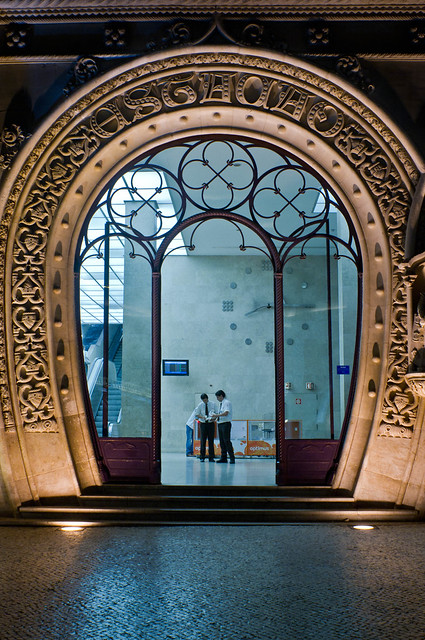
Lisboa von 1 of them auf Flickr
| | | | | Senior Member Registered: January, 2009 Posts: 173
1 user found this helpful
| | Review Date: January 28, 2011 | Recommended | Price: $50.00
| Rating: 6 |
| Pros: | Cheap, good build, small. | | Cons: | Corner softness, CAs, Low Contrast | |
Mine was the SMC Takumar with aperture going only to F16.
This is a great lens and it was a part of my primary kit for a while, after I re-lubed the focusing on this lens, the handling was out of this world. Even though I've loved this lens so much, I gotta be fair in my review. The lens was probably a top of the line optical achievement when it was released, however I believe it doesn't quite match up to today's standards.
The lens is sharp but only in the center, the sharpness falls off very rapidly as you go towards the borders. Stopping the lens down does not help very much. I almost always had to boost the contrast in PP since the images looked a bit flat. Wide open the lens vignettes. The colors are a bit cold for my liking, had to adjust that too. CAs are also a problem for this lens, even at F8 there are a lot of CA's. Overall I would say it is a good lens, but I think Pentax released much better 28mm lenses further down the line, so if you are a Takumar freak this lens is not bad, but I suggest getting M 28mm F3.5, or A 28mm F2.8. Those lenses have much better sharpness across the frame.

 | | | | | Inactive Account Registered: September, 2008 Location: Nanaimo, BC Posts: 261
1 user found this helpful
| | Review Date: July 29, 2010 | Recommended | Price: $70.00
| Rating: 8 |
| Pros: | Sharp, great colors stopped down, fantastic build. | | Cons: | Not very fast, focusing difficult. | |
I own the first version and early build, Super-Takumar 28/3.5. Has the F22 position, different distance scale, rounded font, and 58mm front end.
This is the first wide I've picked up for my Spotmatic, and it is a great lens. I didn't know much about it until I went looking at it online after purchase, and was blown away to find out that this particular version was produced between 1962-1964, making it the oldest Takumar I own. I've never been let down by the constrast and sharpness of this lens. I usually shoot it at 5.6 and out, and it always surprises, especially with a good high-resolution film behind it (think Kodak Ektar 100).
There are a few caveats. First is, for a prime, it's relatively slow wide open, but this can be rectified with faster film. I say relatively because, as far as I'm concerned, it's not a deal breaker. If you're shooting outdoors you can use 100ISO film without fault, and still manage 60-125th/second speeds at 5.6 to 8. If you need slow grain film and indoor shots, use a tripod. Second is the focusing mechanism. I make allowances for these lenses' focusing feel due to their age (my SMC Takumars are a lot stiffer focusing than the Super-Takumars, and I don't know if that's a lens thing or an age thing), but I have considerable difficulty getting proper focus out of this lens if I'm not shooting at infinity. Everything is so small in the viewfinder that confirming proper focus requires outdoors-or-equivalent lighting. Compounding matters, the focus scale is the shortest I've yet encountered on a Takumar. Third, your early models only had a 5 blade aperture, which makes for some interesting bokeh, although I suppose this is subjective, as I like the busier look. And lastly, due to the wide optics and the lack of super-multi-coating, it flares pretty consistently when aimed at a light source, even with an SMC UV filter in front of it.
That may sound like a lot of complaints, but really, you have to hand it to this lens. It produces great shots so long as you don't go pushing it's problem areas as noted above, and it cost peanuts, at least when I found mine. Digital users pay $400+ for this kind of wide angle performance in a prime lens. Just don't point it at the sun, and you're good to go.  | | |